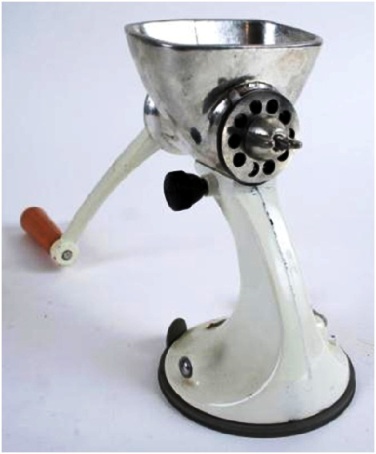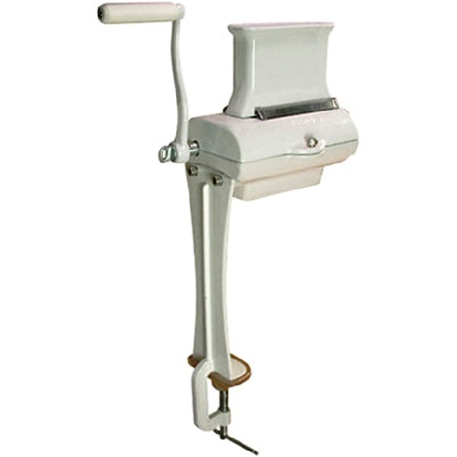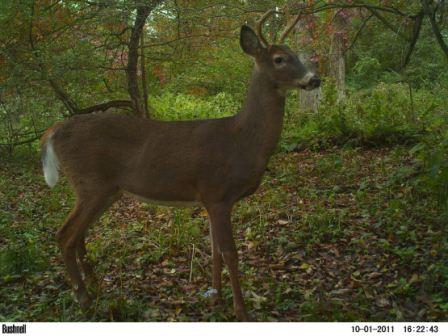You Don’t Have To Be An Expert To Butcher A Deer Safely
By Pat Carrothers
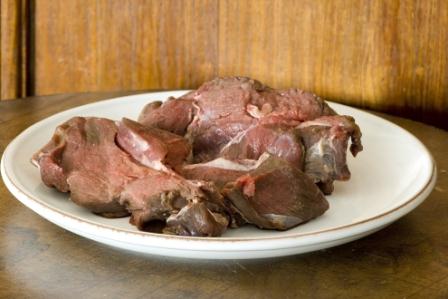
The keys to success in processing deer meat are keeping the meat cold and dry.
The best thing you can do for the deer processing portion of hunting is make sure that the meat does not spoil. This is true whether you plan to take the deer to a professional or do it yourself at home. Take the right actions while you are still in the field. That means right after you kill the deer, you need to gut in a reasonably short period of time. Once you get the meat ready to move, keep it cool, clean, and dry.
Venison meat, like any meat, can spoil quickly if it is not kept in the right conditions. It is a good idea to have all of your tools ready and sanitized before you begin deer processing so you can ensure that the meat can be prepared before it begins to spoil.
Many deer hunters don’t enjoy the butchering process and prefer to have someone else do it. We think it’s just a factor of getting used to it by experience. It’s a little intimidating for those of us that didn’t grow up in a family where butchering was commonplace. But you don’t have to be an expert to butcher a deer safely. Anyone who enjoys hunting should also learn the basics in butchering.
As always, you need to keep the meat in a cool, dry environment. If it is warm and sunny outside, you want to take the deer home as quickly as possible so the meat does not get too hot and begin to spoil. You may have heard about the meat aging process, but even that process needs to take place at a temperature just a few degrees above freezing. Hot weather can ruin everything fast. If it is hot, throw an ice bag into the cavity after gutting.
It is helpful to hang the meat before beginning the butchering process. When you hang the deer, make sure it is in a controlled environment that’s cool and dry.
Butchering Basics
In order to butcher a deer and secure meat that is safe to eat, make sure the venison is transported to a cool, clean, dry location quickly. Have we said this enough yet? You will need to have several things on hand anytime you hunt in order to do this when you make a kill.
-10-15′ rope
-Sharp skinning knife (nothing’s sharper than our Havalon)
-Knife sharpener (if you’re very old school)
-Cutting board
-Hacksaw
-Paper towels
-Plastic bags
-Rubber gloves
Quartering Your Deer
After the game has been killed and you field dress the animal, deer processing can be done in one of two ways. You can take the deer to a commercial processor, or you can do it yourself.
Plenty of hunters simply take their kill to a commercial processor. It is convenient and these companies are able to make special items from the meat such as jerky, deer sticks, and sausage. Other hunters like to do the deer processing themselves. Some gather with other hunters and process more than one deer at a time. Others simply enjoy finishing what they started and completing the project on their own.
No matter what form of deer processing you choose to use, make sure you follow the basic rules. You will need to:
-Keep the carcass clean, cool, and dry at all times.
-Bone out the meat.
-Avoid cutting through the brain or the spinal column with any of the processing equipment.
-Store the meat until test results are available if the deer needs to be tested for CWD. If the deer has the disease, dispose of the meat.
If you choose to carry out deer processing at home, you will need to know the methods well in order to save as much meat as possible.
Cleaning
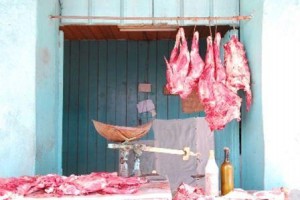 Your work space does not need to be fancy, just clean, cool, dry and sanitized. Your knives need to be cleaned frequently during the process. Clean them in hot, soapy water and rinse regularly between cuts and make sure the work area is regularly cleaned. It’s a good idea to keep bleach water solutions on hand to keep everything sanitized. Bleach is serious stuff and has some hazards to it. Do some research and get to know the different ways to make a sanitizing solution. You can find good info at the Center for Disease Control site: http://www.bt.cdc.gov/disasters/bleach.asp. Be sure to follow all safety guidelines regarding concentration of bleach and ventilation.
Your work space does not need to be fancy, just clean, cool, dry and sanitized. Your knives need to be cleaned frequently during the process. Clean them in hot, soapy water and rinse regularly between cuts and make sure the work area is regularly cleaned. It’s a good idea to keep bleach water solutions on hand to keep everything sanitized. Bleach is serious stuff and has some hazards to it. Do some research and get to know the different ways to make a sanitizing solution. You can find good info at the Center for Disease Control site: http://www.bt.cdc.gov/disasters/bleach.asp. Be sure to follow all safety guidelines regarding concentration of bleach and ventilation.
Deer processing can be narrowed down to three main steps: skinning, boning, and wrapping.
Skinning
There are great videos of how to skin a deer on the web. Everybody does things a little differently but the basics are the same. We hang the deer by its head. Many others hang the deer head down for skinning. Either way, you are trying to avoid contaminating good meat with gutshot meat or spinal fluid. We’ve already discussed where to cut in case you are planning to mount a trophy. Skinning is not difficult, especially on a somewhat warm animal. It gets difficult if left on the animal for more than a few hours. If it’s frozen, forget about it until it thaws out. Cut the lower legs off and be sure to keep the carcass cool, clean, and dry at all times.
Boning
Take the hind quarters, loins, neck meat, and inner tenderloins off of the carcass while it is still hanging and put them into a cooler. You can then go back and remove the gristle and fat from each piece one at a time.
Wrapping
In order to preserve every piece of meat, double wrap the meat in freezer paper and get rid of any air pockets. Label the packages with the type of cut and the date.
Deer processing can take a significant amount of time, especially for someone who is new to the game. If you can keep things clean and orderly, your meat should taste great and be safe to eat.
Enjoy The Traditions
One of the best things about hunting and processing your own meat is taking part in ancient traditions. If you’re one of the lucky ones, you learned your skills from your father and mother. They learned theirs from your grandfathers and grandmothers. And on and on back through the years. If you’re a typical suburban American, this tradition has been lost for quite a few years. If you’re reading this, you’re probably hunting and taking your deer to a processor. But why not get yourself a teacher and learn how to put your own meat on the table?
In this era of total electronic distraction, make sure to pass on these traditions to your children. They won’t like it now when you interrupt their TV shows and video games. But they’ll appreciate it someday when they know they can put meat on the table for their own family.
What tips do you have to share on processing your own deer meat?
18,459 total views, no views today
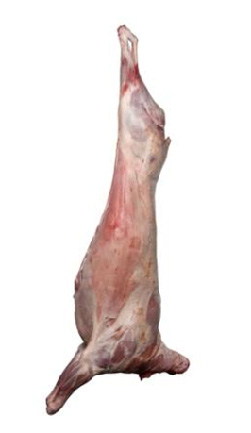 During that stage, the muscles contract and the meat is tougher to butcher and hard to cook and eat. You don’t want to freeze the meat during this stage. You can either hang the skinned deer in a very cool spot, or quarter the deer and store the meat in a very cool environment.
During that stage, the muscles contract and the meat is tougher to butcher and hard to cook and eat. You don’t want to freeze the meat during this stage. You can either hang the skinned deer in a very cool spot, or quarter the deer and store the meat in a very cool environment.



